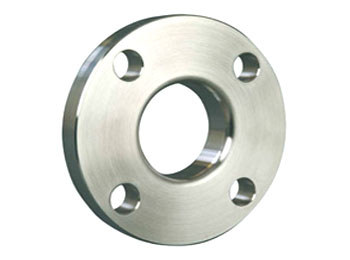The protective gas pressure of the welding flange is to avoid slight leakage of the welding flange. The protective gas in the furnace must be connected to a certain positive pressure. Assuming it is a hydrogen protective gas, it is generally required to be above 20kBar. Annealing air, welding neck flanges generally use pure hydrogen as the annealing air, and the air purity is above 99.99%. If the other part of the air is an inert gas, the purity can be lower, but it cannot contain too much oxygen and water vapor.

Regardless of whether the annealing temperature in the butt-welding flange reaches the specified temperature or not, the butt-welding flange generally adopts solution heat treatment, which is generally called "annealing", and the temperature is planned to be 1040~1120°C. It can also be surveyed through the survey hole of the process annealing furnace. Butt weld flange fittings in the annealed area should be incandescent, but not softened and sagging.
The Welding Neck Flange handles the water vapor in the casting furnace. On the one hand, check whether the furnace body material is dry, and the furnace body material needs to be dried for the first time. The second is whether there are too many water stains on the butt-welding flange pipe fittings that enter the furnace, especially the holes on the butt-welding flange pipe fittings. Do not leak water into it, otherwise the air in the furnace will be crushed.
The welding flange furnace is sealed, and the welding flange bright annealing furnace should be closed and isolated from the outside air; when hydrogen is used as a protective gas, an exhaust port is opened. The inspection method can be to wipe the cracks in the joints of the annealing furnace with water to see if they run; the place where the gas leaks temporarily is the place where the annealing furnace enters the tube and where it exits the tube. The seal ring wear in this place is particularly short-lived, so it should be checked and replaced frequently.